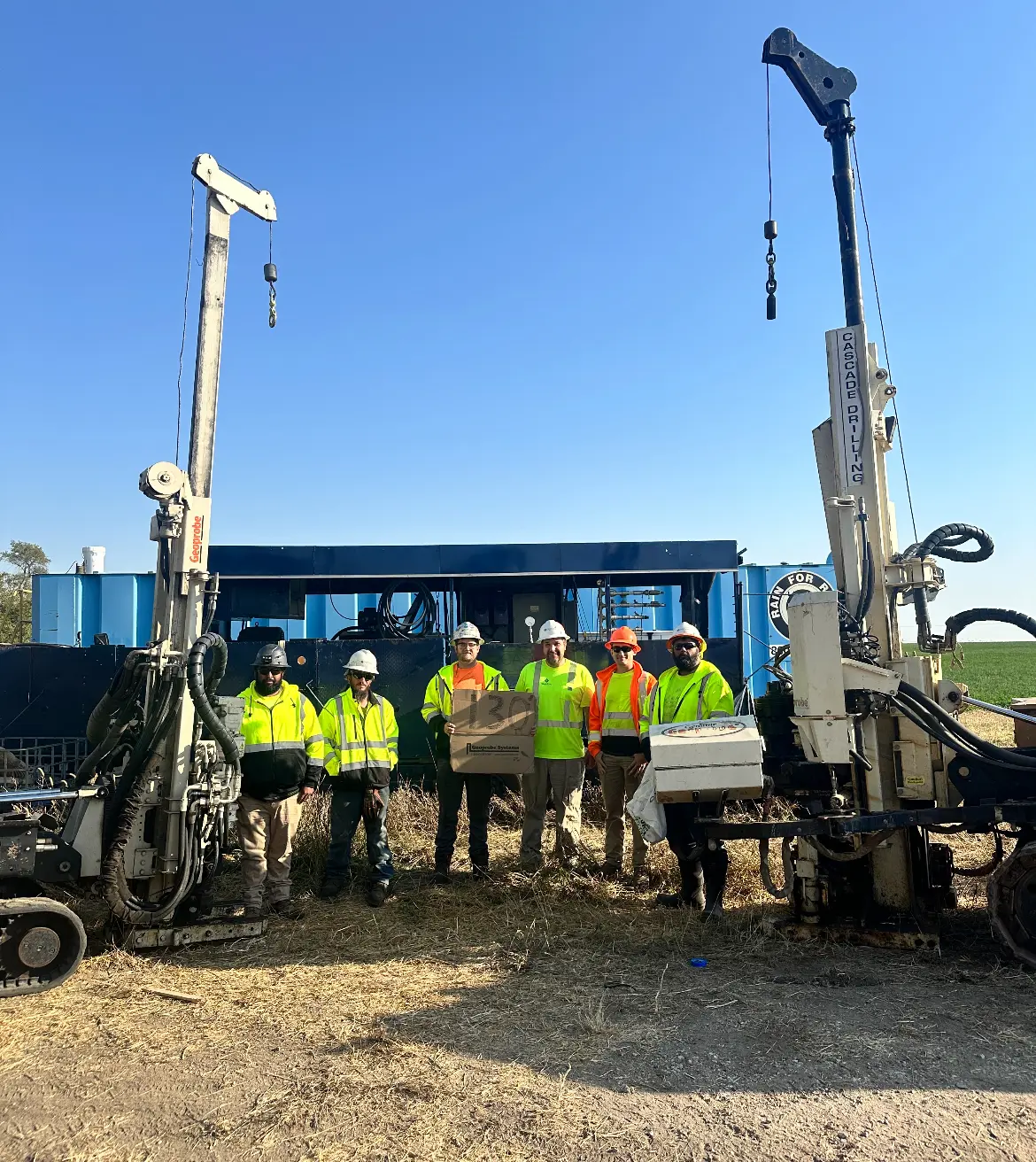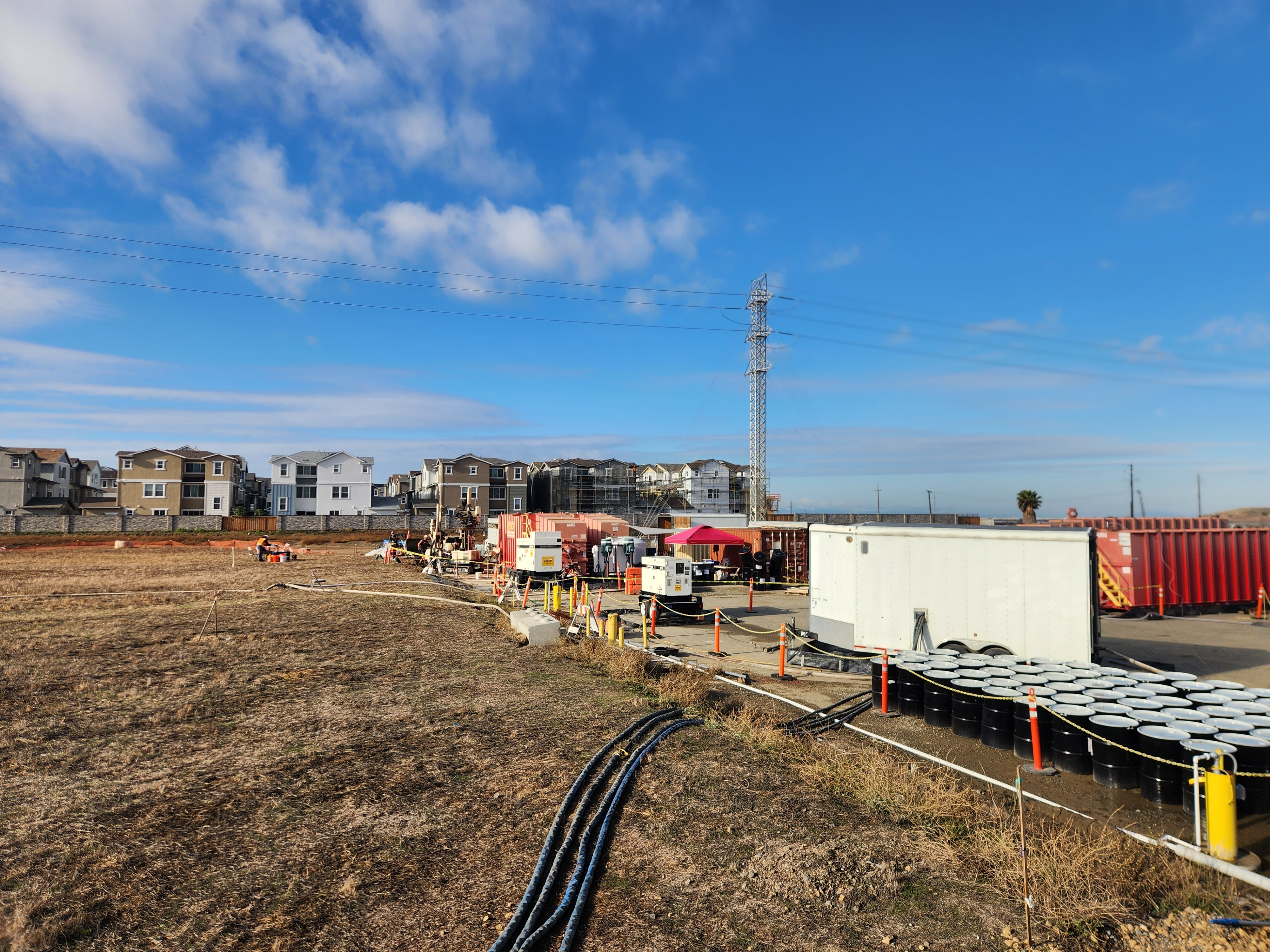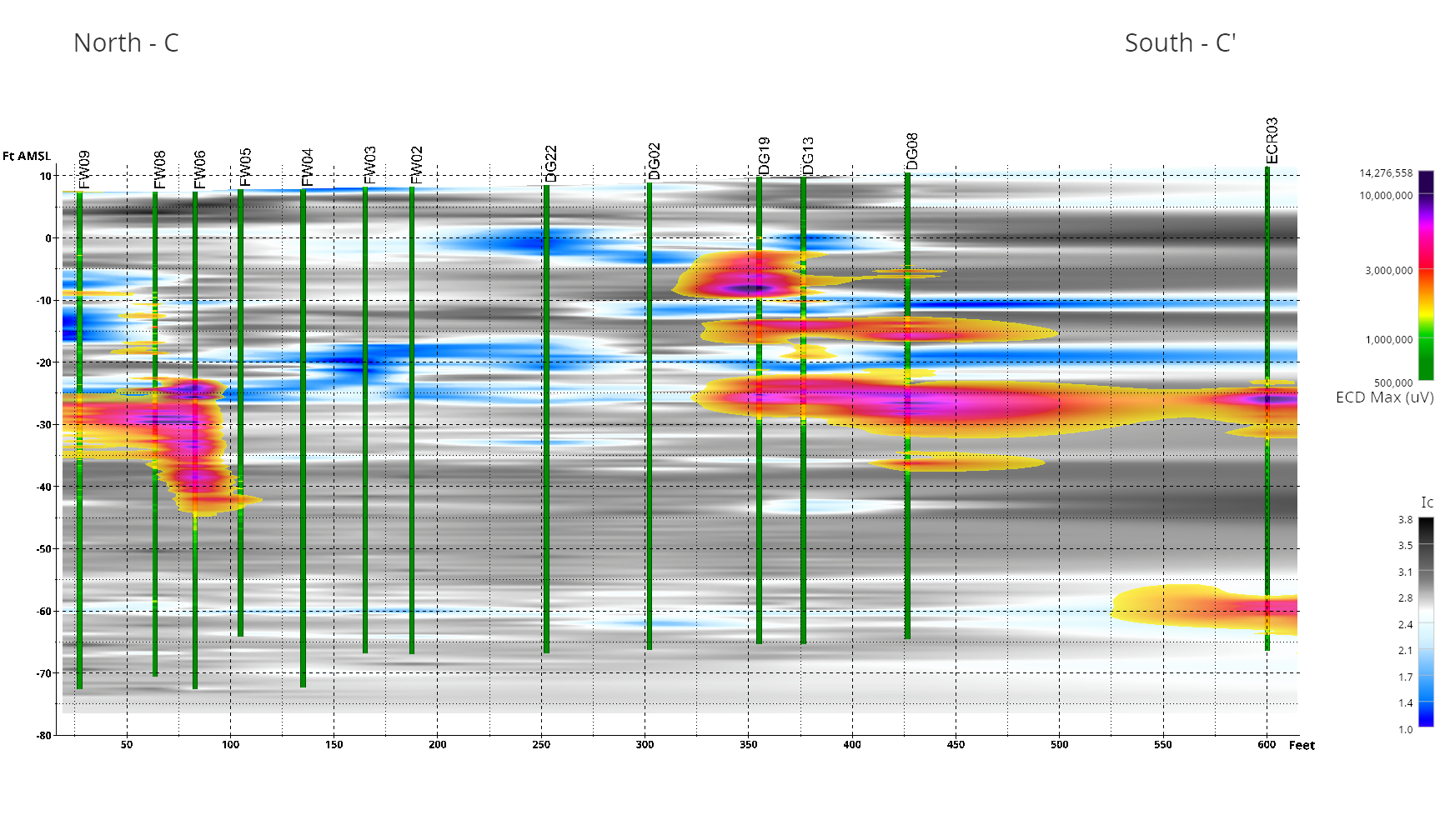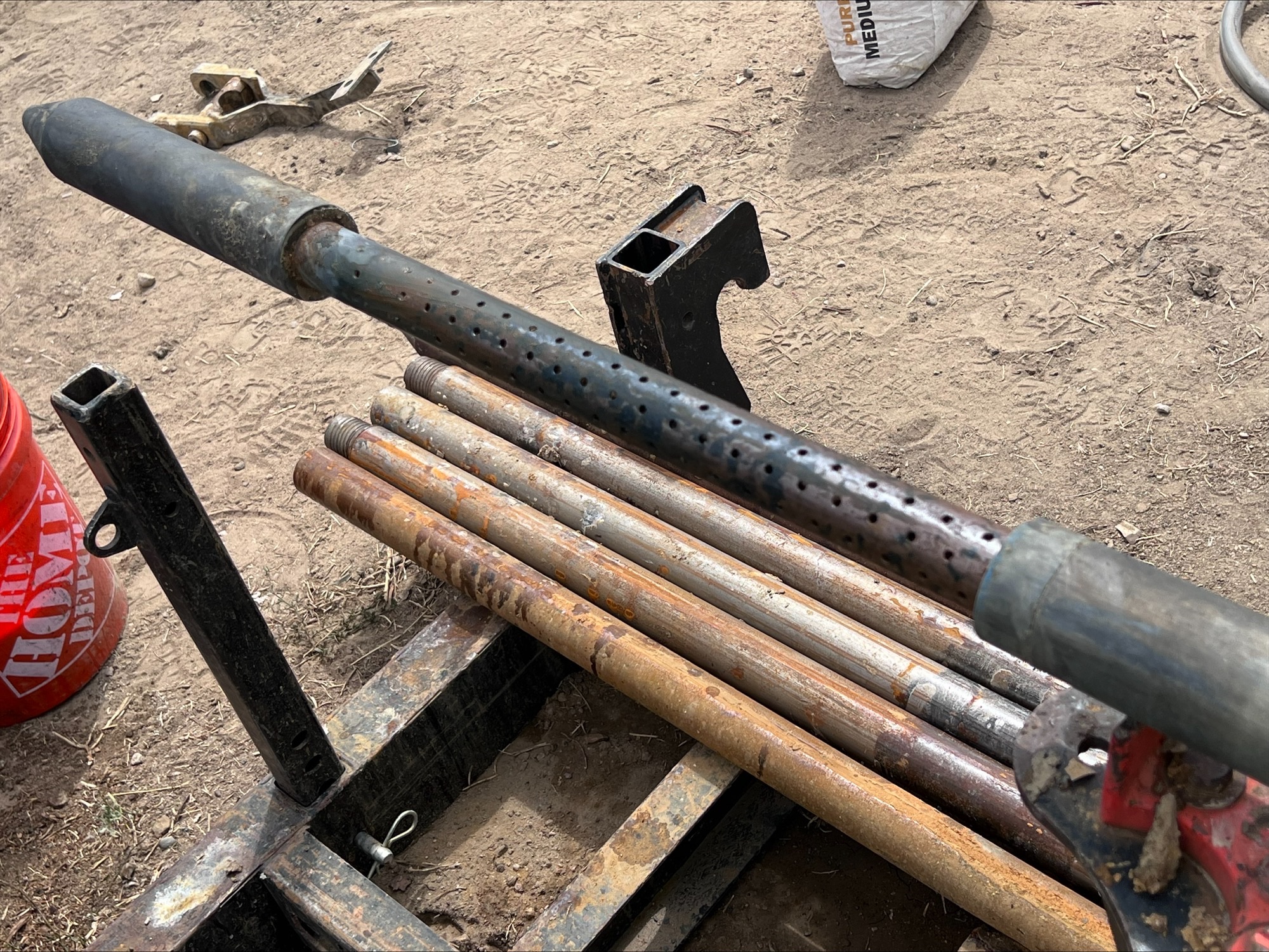Part 2: How to Apply the Return on Remediation Investment Approach to Complex Chlorinated Solvent Sites
By: Eliot CooperRemediation progress at complex sites can be negatively impacted by a host of factors, including misunderstanding of contaminant distribution, poor understanding of what technologies can effectively do, reliance on singular remedies to address large source areas and plumes, uncertainties in remedy design, and failure to continually adapt remedial strategy based upon continual performance monitoring data. The Return on Remediation Investment (RORI) multi-factor approach to environmental remediation has shown consultants that collecting the right type and quantity of characterization data, carefully selecting the appropriate remedy(ies) based on bench and design optimization testing, applying best practices to implement remedies and then monitoring for the right type and quantity of performance data is the recipe for maximizing the long-term return for remediation of complex sites.
Part one of this blog post, How to Apply the Return on Remediation Investment Approach to Complex Sites, offers insight on utilizing the RORI approach for complex sites by taking advantage of the latest advancements in site characterization and environmental remediation technologies to achieve the project goals. In this blog, we dive into the practice of combined remedies to achieve maximum results for remediation of chlorinated sites.
OPTIMIZE REMEDIATION THROUGH DESIGN, IMPLEMENTATION, AND COMBINED REMEDIES
The past decade has seen rapid progress in source zone remediation, as well as an increased understanding of the capabilities and limitations of potential technologies. Technology-specific cost and performance reports are available in the public domain. Options offered to remediate source areas in situ include bioremediation, chemical oxidation, chemical reduction and thermal treatment. Typically, the nature and concentration of the contaminant of concern (COC) and the subsurface hydrogeology dictate which remedy is best suited for the site, though experience has shown different technologies are needed at different times and locations, and combining technologies may improve overall remedy performance. Working closely with a partner who understands the practical field applications of these remedies and how they work in concert in the clean-up of recalcitrant compounds may not only shorten the overall project lifecycle but also decrease costs significantly.
THERMAL REMEDIATION
Thermal technologies are used to treat heavily contaminated and complex sites where traditional mechanical, chemical or biotic approaches cannot be successful. Source zones with DNAPL are most often targeted for thermal treatment. Thermal is also attractive for treating sources in less permeable material (such as clays with high COC-sorbed mass) or in fractured media, where other in situ technologies face delivery challenges.
Thermal source treatment can be combined with other technologies to address contamination outside the thermal treatment zone, and in rare instances inside the treatment zone after thermal performance goes asymptotic (where extremely stringent criteria exist).
Remedies can be combined in two ways:
- Spatial treatment: One technology used to treat the source areas while another is used in the surrounding, less contaminated zones.
- Temporal treatment: A single technology is applied where appropriate, followed by a second technology for polishing to lower concentrations.
Combining remedies is recommended:
- When there is time: Most combined remedies take longer than using thermal alone. If there is enough time to allow the non-thermal technologies to be effective, the area requiring thermal treatment can be limited.
- When sites are complex: Site complexities such as great depth, presence of bedrock, multiple layers with contrasting permeability, or simply thick clayey zones are challenging for the non-thermal technologies. Thermal treatment can be successful despite these complexities, and combining thermal with other remedy options for the less-challenging impacted areas improves cost-effectiveness.
- When you have high amounts of mass: Thermal treatment can address areas of high contaminant mass much more effectively, while non-thermal technologies are enough and more cost-effective in the less contaminated distal areas outside of the source zones.
IN SITU CHEMICAL OXIDATION (ISCO)
The ISCO method consists of injecting a massive supply of thermodynamically powerful electron acceptors into the subsurface. Commonly used substrates are permanganate, hydrogen peroxide, and activated sodium persulfate. ISCO is attractive because it provides rapid in situ destruction, but rebound and incomplete treatment have been consistent problems and ISCO can be only marginally effective on chloroethene source treatment.
Improvements in ISCO include development of stabilized catalyzed hydrogen peroxide (CHP) and activated persulfate. Techniques have been developed to stabilize hydrogen peroxide through addition of organic acids (phytate), allowing the oxidant to persist longer and further downgradient of the injection location. Activated persulfate can treat a wide range of contaminants, and is relatively stable and not as reactive with natural organic matter (NOM).
ISCO source zone efforts can be combined with other technologies taking into consideration:
- The subsurface may be partially sterilized. Research examining the coupling of ISCO with bioremediation indicates that such impacts are generally minor.
- ISCO may improve subsequent ISB polishing treatment by increasing dissolved organic matter content.
- Permanganate treatment can favor Mn-reducing bacteria that use hydrogen to reduce MnO2 precipitates thereby inhibiting later dechlorination.
Due to the high dependence on COC contact for ISCO success, design optimization testing (DOT), formerly called pilot scale testing, is required to confirm site-specific distribution performance, injection design parameters (pressures, flows, tooling, ROI), and any potential injection issues like daylighting or surfacing (a risk with CHP). Typically, DOT monitoring is more extensive than full-scale performance monitoring, which is primarily focused only on treatment efficacy and appropriate field parameters (determined based on DOT results).
IN SITU CHEMICAL REDUCTION (ISCR)
The ISCR method involves the transfer of electrons to contaminants from reduced metals (ZVI, ferrous iron) or reduced minerals (magnetite, pyrite, mackinawite, etc.). Advanced ISCR reagents take advantage of the fact that fermentation of organic carbon in proximity to iron or iron- bearing minerals increases both reactivity and longevity of the iron component (alkaline/acid balance).
ISCR is rarely used to treat sources except in conjunction with ISB. The combination of ZVI (abiotic) with electron donors (biotic) offers the potential for rapid chemical degradation of the most accessible contaminants, combined with the longer-lasting bioremediation. The effects of ZVI on biochemistry and indigenous microbial populations appear minimal, and may result in sustained reductions in oxidation reduction potential (ORP) that can enhance subsequent anaerobic biodegradation. The dechlorination of TCE and PCE through ISCR results in less accumulation of metabolites (cis-DCE, VC) than enzymatic systems. The secondary dechlorination pathway can be biological, and the tertiary dechlorination pathway can be indirect chemical reduction catalyzed by biogenically formed reduced iron and iron sulfide mineral.
The advancement of including an organic carbon donor with micro-scale ZVI has expanded the range of ISCR applicability such that it can simultaneously treat metals, can be sequentially combined with ISCO, and facilitate post-treatment progression to MNA.
Developing an effective dosing rate to meet clean-up goals does not depend solely on the contaminant mass and quantity of competing electron acceptors. Since treatment of CVOCs in source areas often requires injection of large volumes of ISCR reagent, the challenge is how to inject and distribute these large volumes. Consideration must be given to the relative mass/volume ratio between the reagent that is to be injected and the volume of soil and groundwater that can be physically influenced. Emplacement of the technology is critical to accomplishing required contact. For ISCR, pneumatic or hydraulic emplacement is required to ensure contact between the reagent and the impacted media. Dosing rates/volumes are optimized based on pump pressure versus flow rate capabilities.
IN SITU BIOREMEDIATION (ISB)
In situ bioremediation includes both biostimulation and bioaugmentation. Anaerobic biostimulation is the modification of the environment to stimulate existing bacteria capable of bioremediation of chlorinated solvents at low Eh levels. Bioaugmentation is the introduction of a group of natural microbial strains to achieve bioremediation.
ISB is most appropriate for plume areas where COC concentrations tend to be more dilute. Key elements to consider when evaluating an ISB remedy include:
- Flow regime
- Target formation lithology
- Type and concentration of contamination
- Background sulfate concentrations
If not properly designed and implemented, ISB can cause undesirable side effects, notably pH decreases, methane generation, and increases in dissolved metals (especially iron and arsenic). These effects can persist for years but generally return to near baseline conditions within a short distance of the treatment area. Guidance is available to help understand these secondary impacts, and design appropriate loading rates to minimize these problems.
Key ISB design elements for successful field application include:
- Substrate loading rate
- Substrate delivery
- Dilution/Chase water
- Bioaugmentation
- Performance monitoring
MONITORED NATURAL ATTENUATION (MNA)
MNA is a remediation process that includes a variety of physical, chemical, or biological processes that, under favorable conditions, act without human intervention to reduce the mass, toxicity, mobility, volume, or concentration of contaminants in soil or groundwater. During passive or active long-term management, MNA is a commonly accepted approach to managing plumes from chlorinated solvent source zones.
The success of natural attenuation as a remedy depends on the site-specific ability to predict the evolution of complex biogeochemical processes over an extended period. Because of uncertainties in long-term predictions, natural attenuation requires confirmation through a detailed monitoring program. A properly designed monitoring program should provide early detection that allows the implementation of a contingency plan prior to the point when a migrating plume would present elevated risks to receptors.
LONG-TERM MANAGEMENT INSTITUTIONAL CONTROLS (ICS)
ICs are administrative and/or legal controls that minimize the potential for human exposure to contamination and/or protect the integrity of the remedy, generally by attempting to modify human behavior. ICs are recorded in property records and provide advisories as required by regulatory decision documents. Although not enforceable, they may be required by an enforceable consent decree or other instruments. ICs may restrict future economic development, though enforcement is not clearly defined.
The primary risk from failure to establish or enforce an adequate set of ICs is that the public may be exposed unknowingly to contaminated groundwater or vapor intrusion at levels above those allowing unlimited use and unrestricted exposure. This exposure could lead to property damage or personal injury lawsuits, and undermines the credibility of regulators and local officials with the public, which is likely to make long-term management of the site more difficult and more expensive.
There are a multitude of competing factors when deciding how aggressive one needs to be in cleaning up chlorinated solvent sites. The competing factors fall under what we call “drivers,” which can include risk minimization, litigation, compliance, performance-based contracts, and property transfer which all balance against the responsible party’s ability to fund the remediation. This makes our RORI approach a critical component of any remediation strategy to effectively manage long-term life cycle costs.
We advocate the use of best design and implementation practices from site characterization, through remediation, and ultimately to long-term management to achieve MCLs for unrestricted exposure and unlimited use. With advances in HRSC and remediation technologies, attractive RORI’s are more achievable than ever. Some these advances include:
- MIHPT and 3D imaged remediation designs
- WaterlooAPS
- Thermal and ISB, ISCO, or ISCR combined remedies
- Abiotic and biotic remediation combined remedies
- ISCO with ISCR and ISB combined remedies
- ISB with Bioaugmentation
- Hydraulic and pneumatic emplacement for ISB, ISCO, and ISCR remedies
The next few years should be dynamic as regulatory agencies decide how best to regulate and respond to the acute short-term risks of TCE.
Learn more about maximizing your RORI for complex chlorinated sites by downloading the complete whitepaper Remediation of Complex Chlorinated Solvent Sites While Maximizing Return on Remediation Investment.
In the whitepaper, the authors present an overview of the current state of characterization and remediation science coupled with adaptive management and presents examples of how, by combining traditional and high resolution site characterization (HRSC) methods and targeted remedy options, consultants can achieve better results and provide greater value to their clients by maximizing RORI on complex chlorinated solvent sites.




